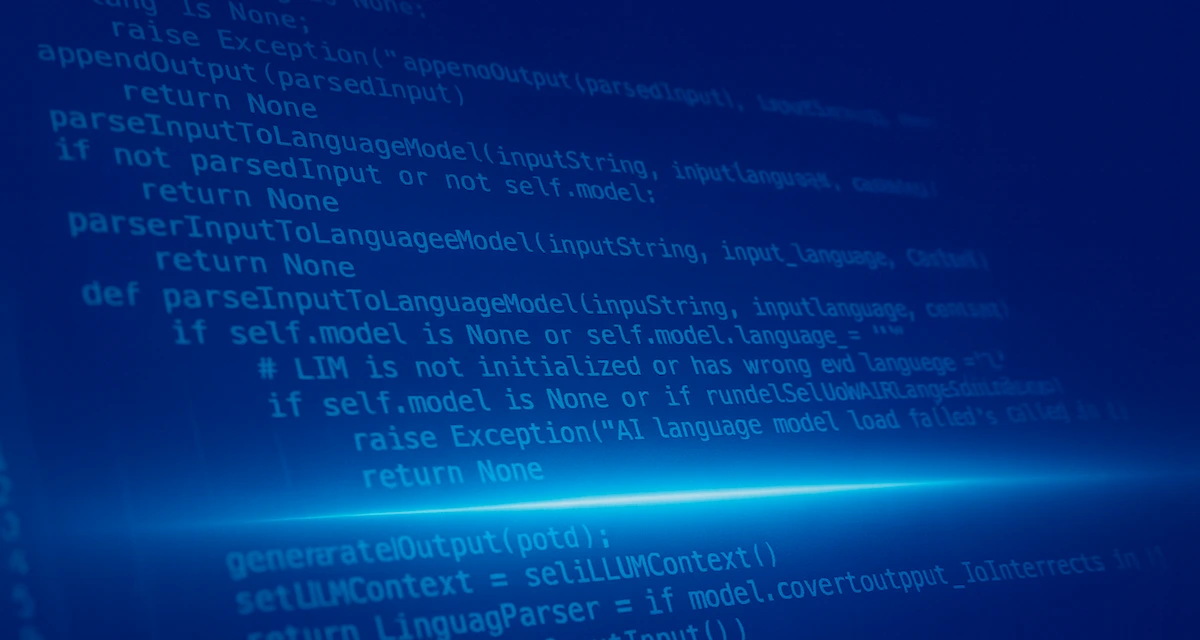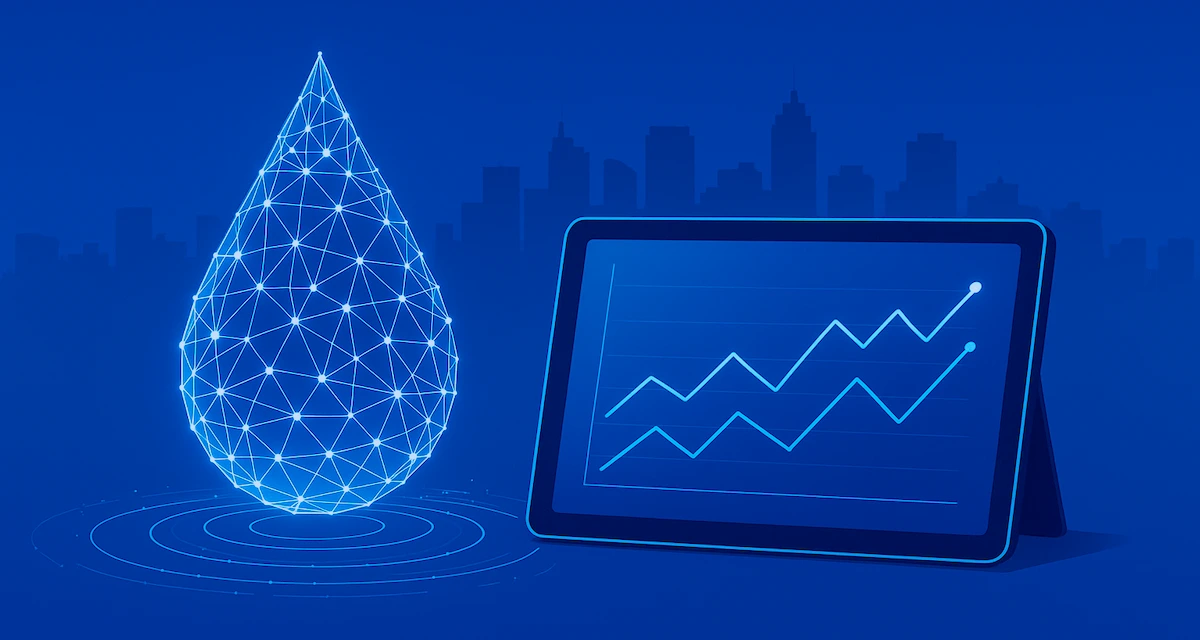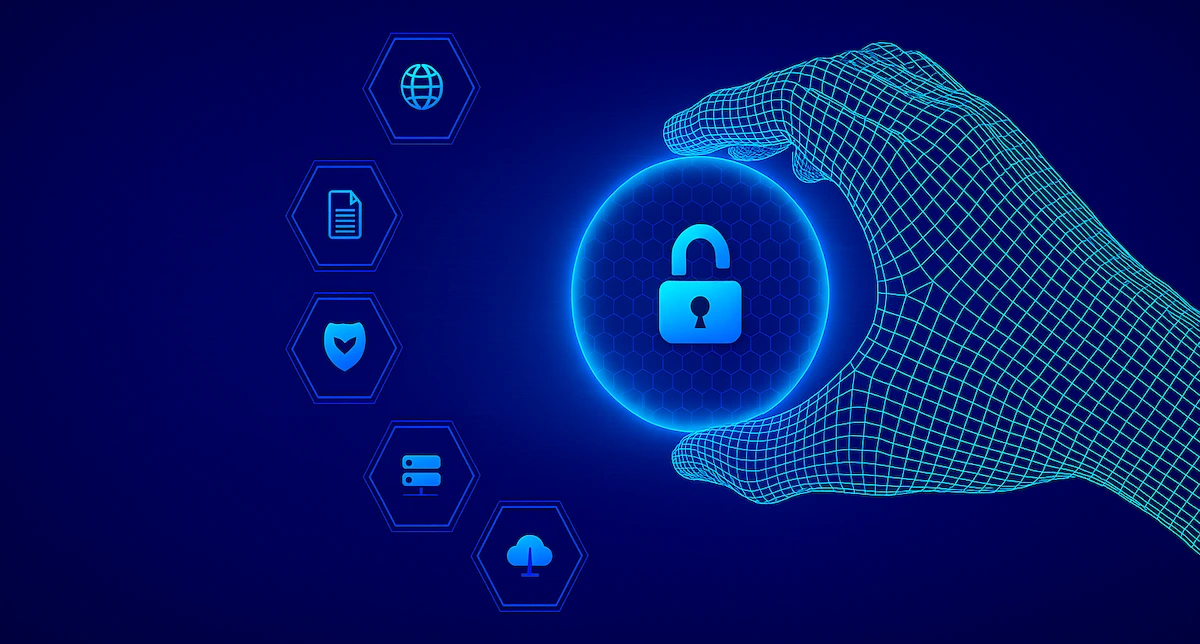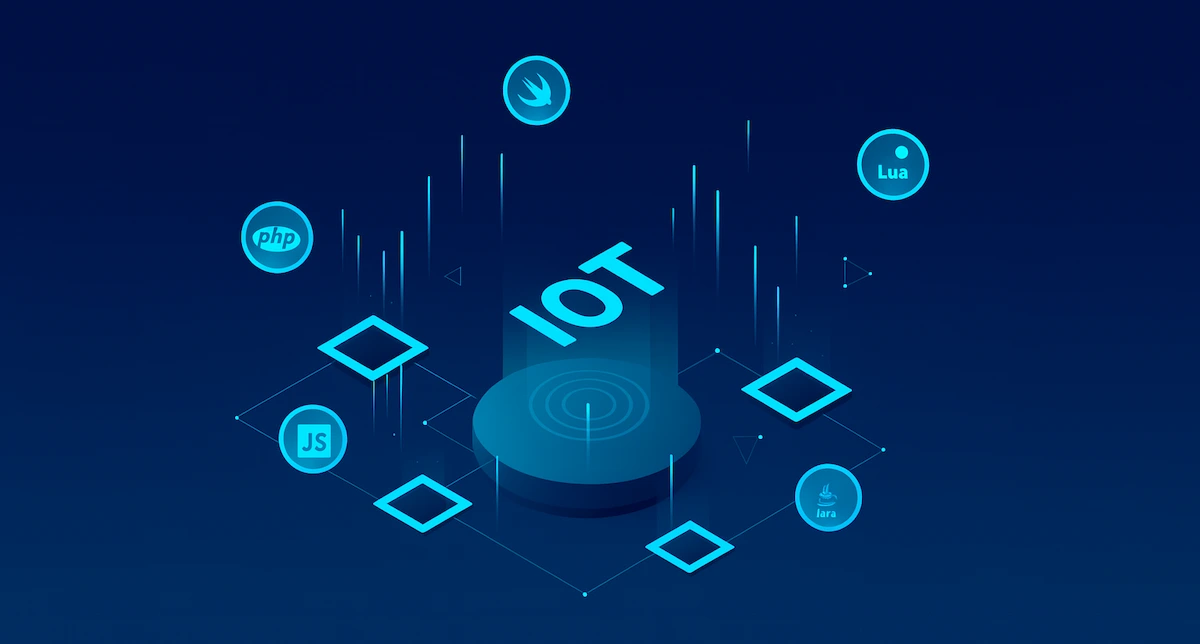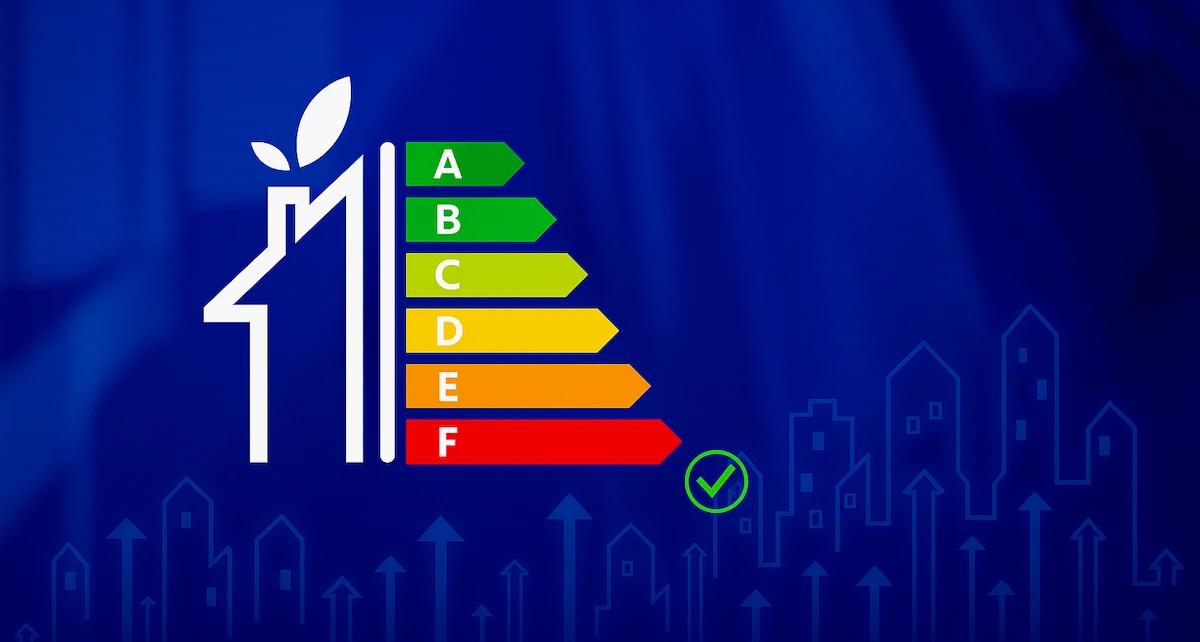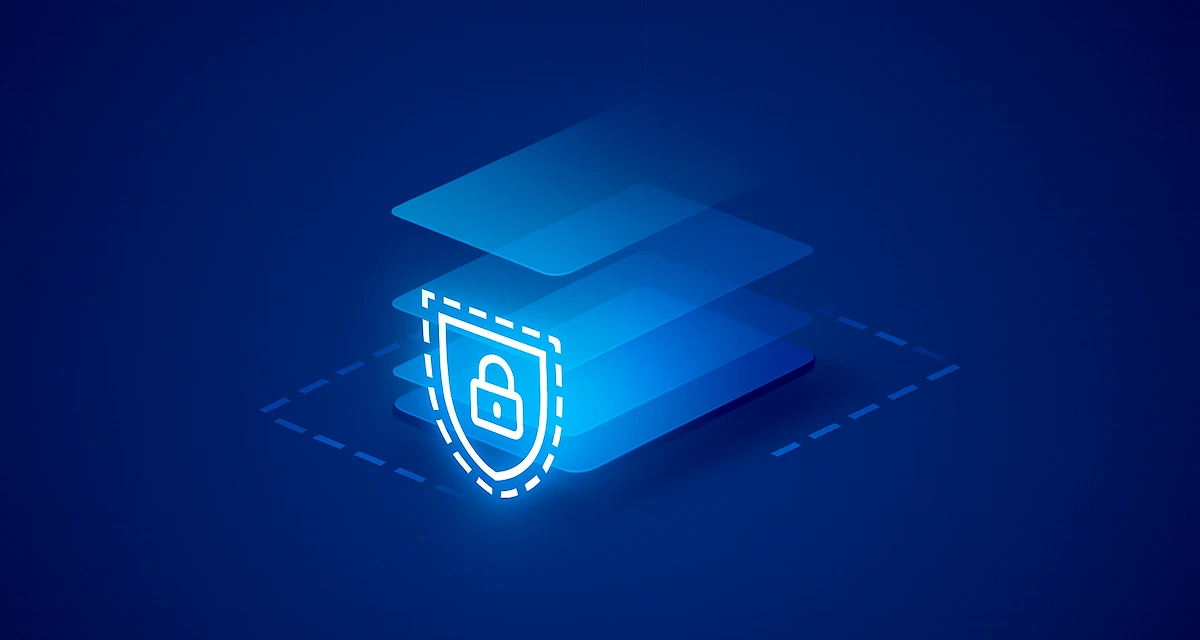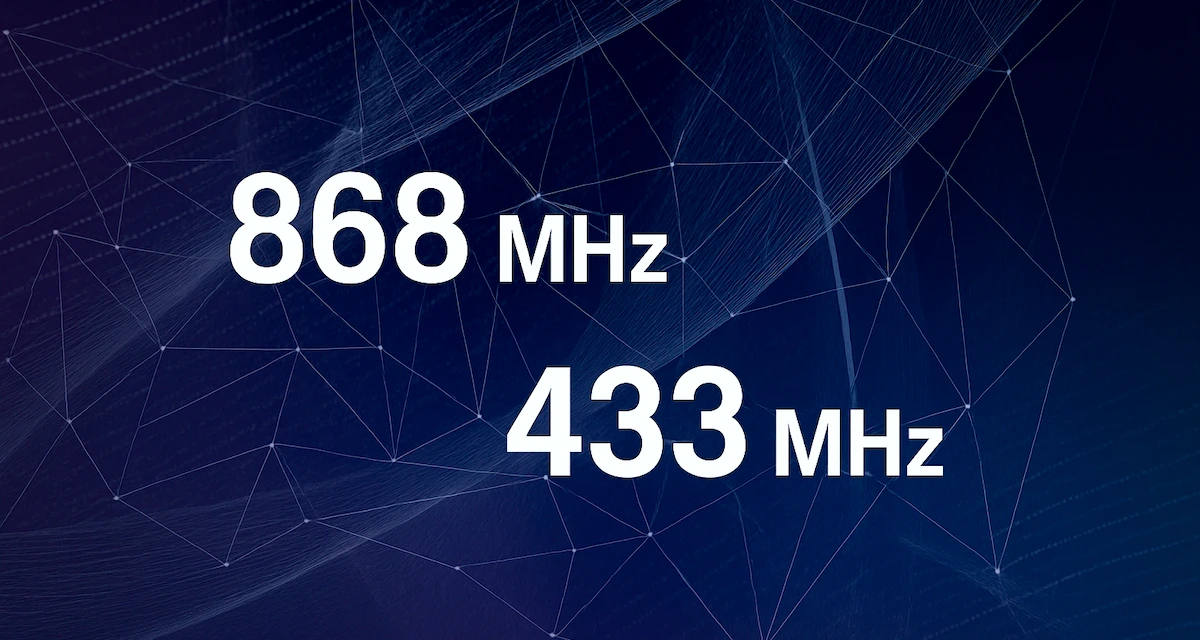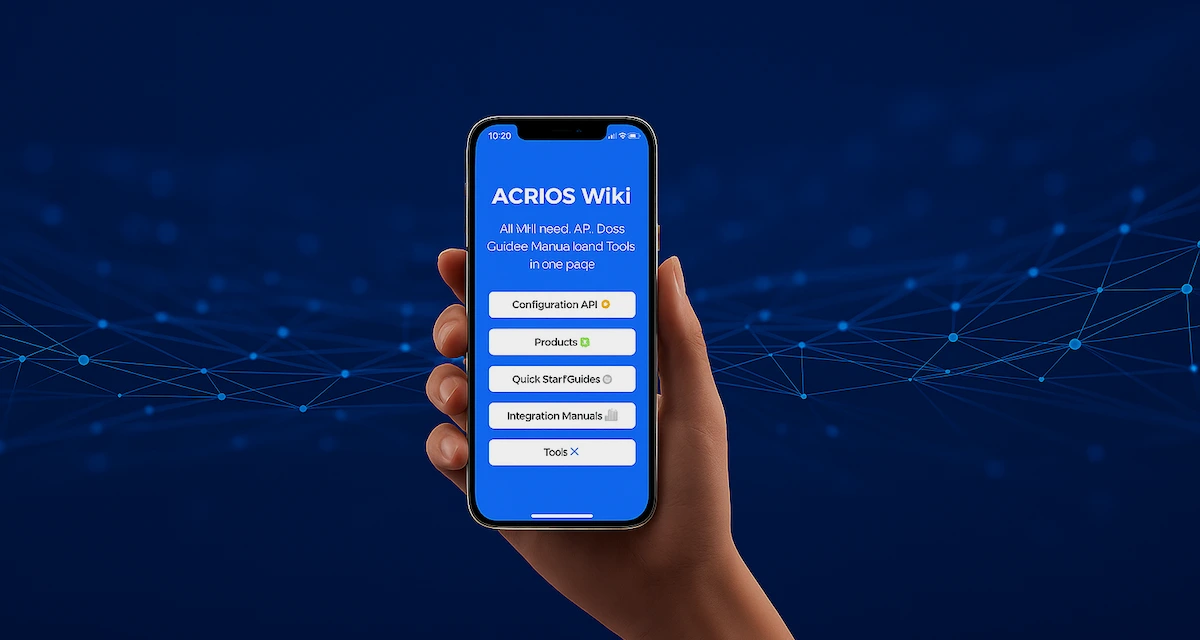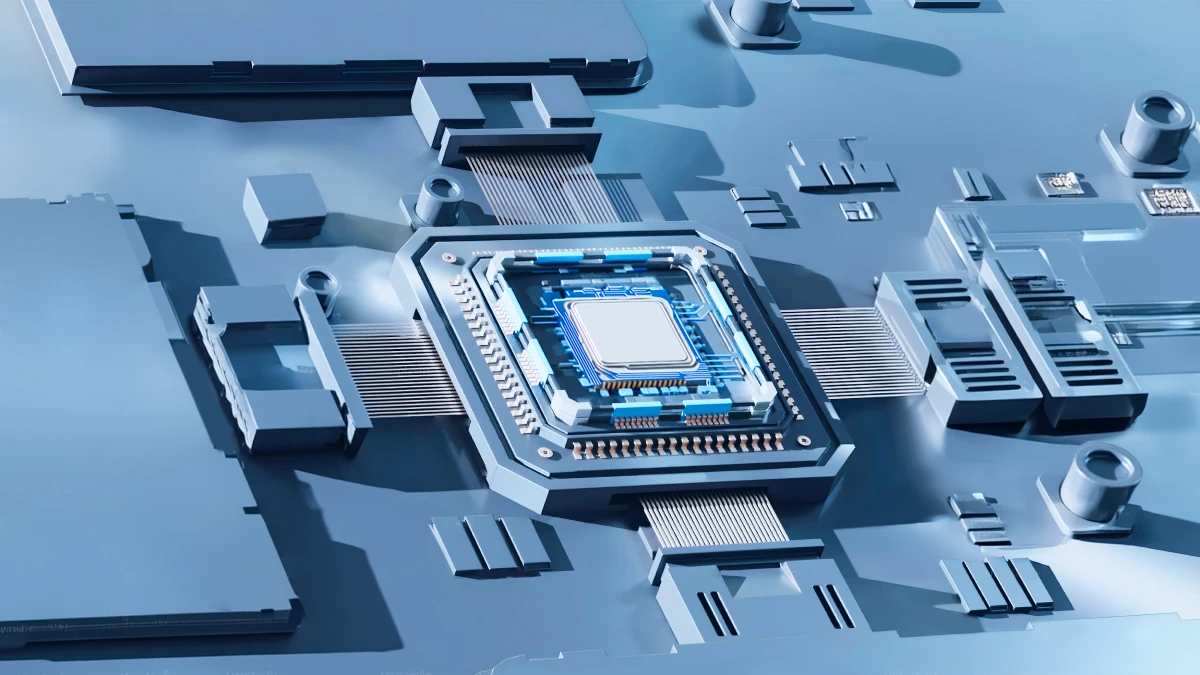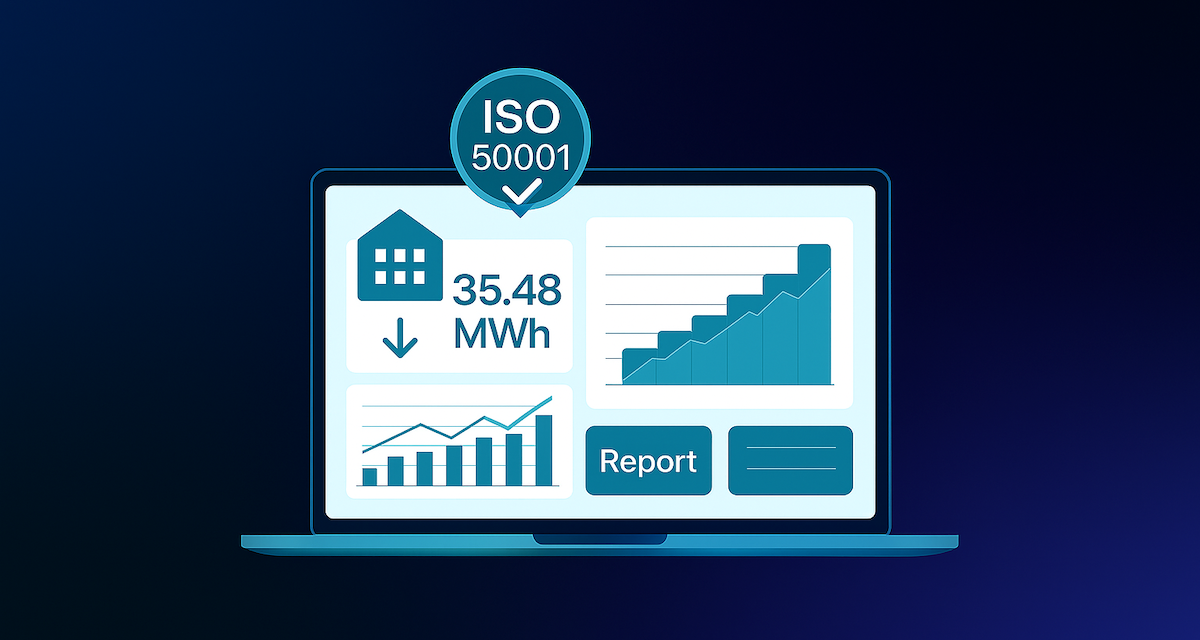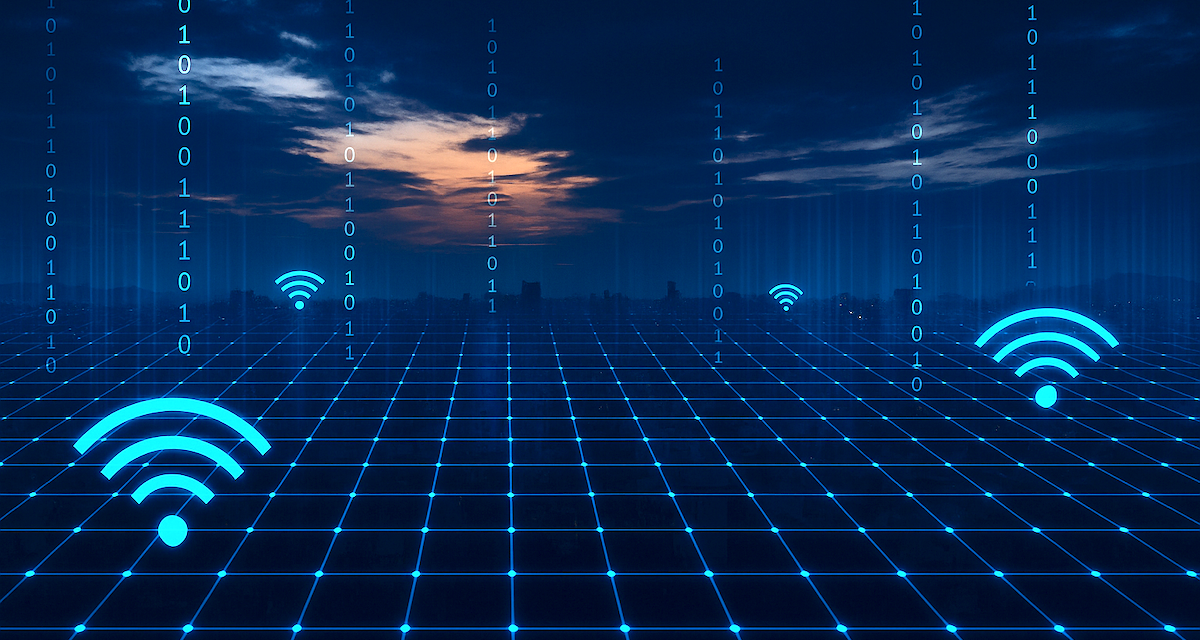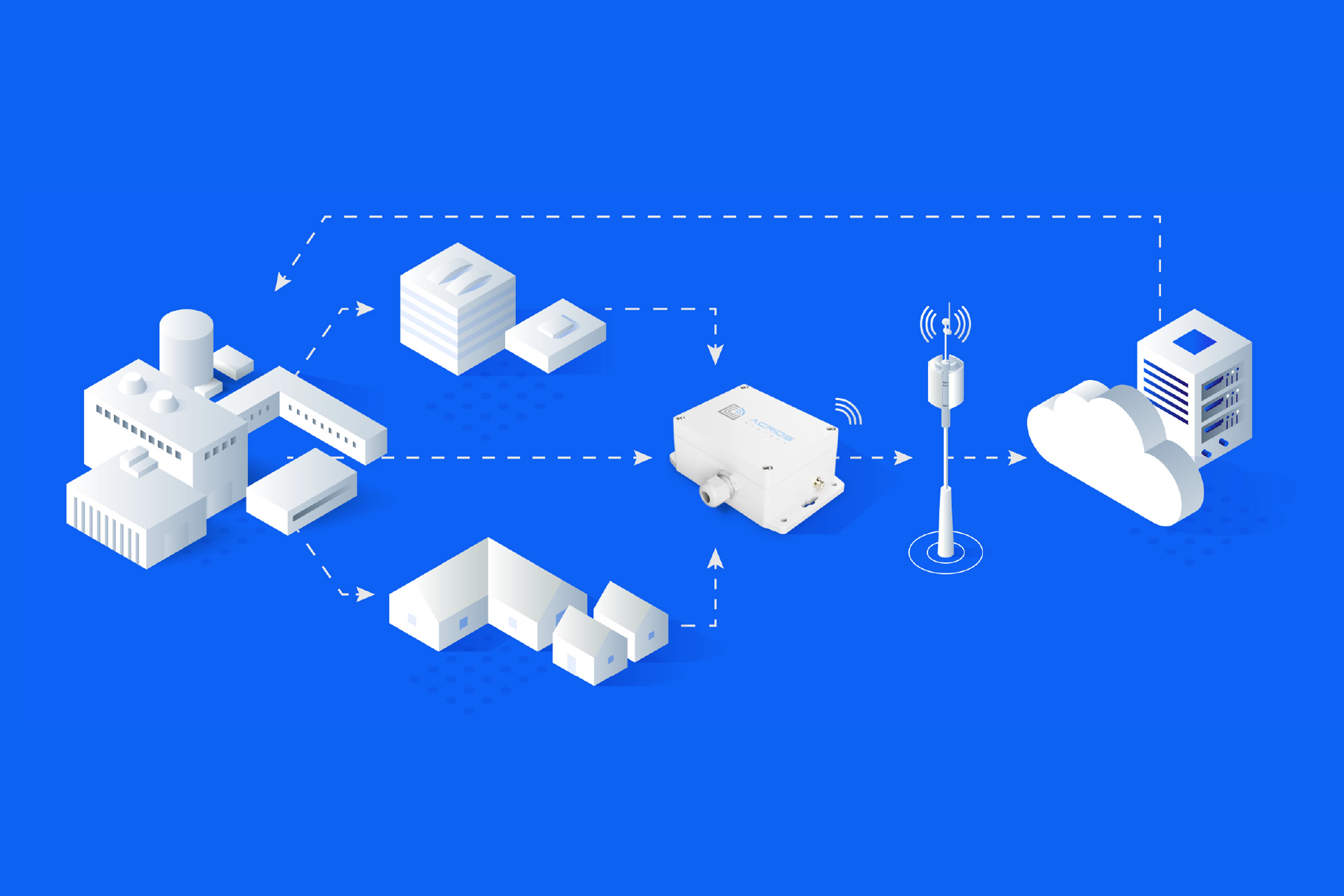Next-gen meter readings, no replacements needed
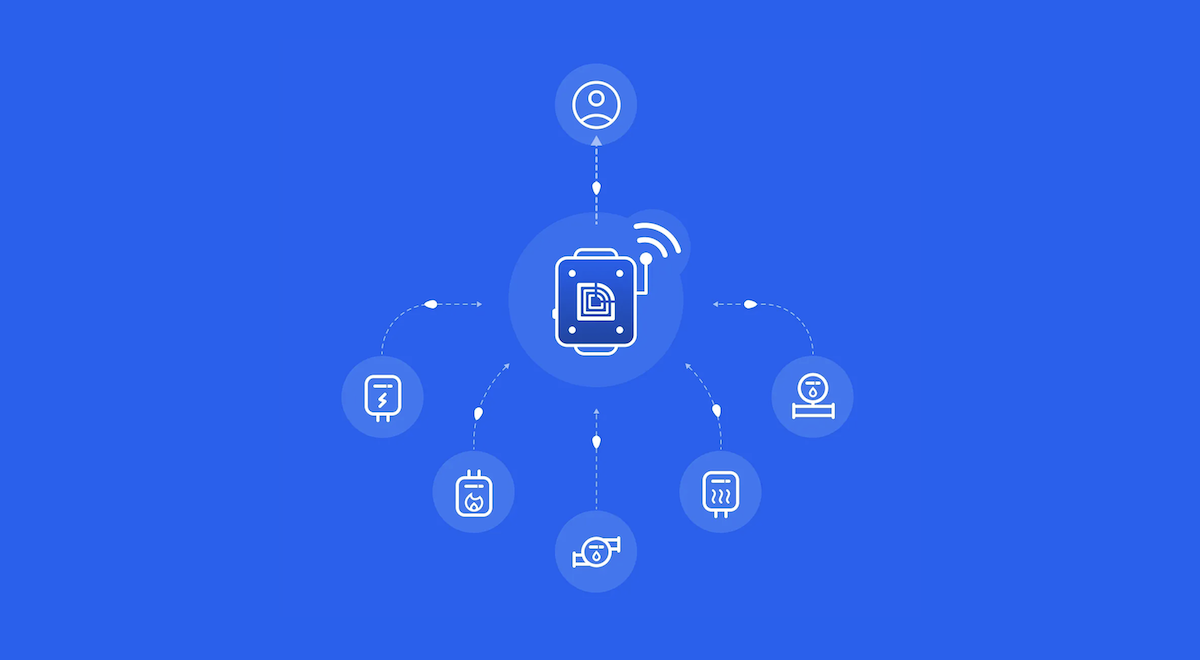
One of the smartest ways to comply with the EED directive today, without investing in new meters, is simply by enhancing what you already have in your building. The solution by ACRIOS is straight forward: using a smart converter that captures data from existing meters via the wireless M-Bus (wM-Bus) protocol and forwards it through an NB-IoT network. In other words, your existing meters remain in place, simply "listened" to by a small device that gathers and transmits their data.
A single smart bus can communicate simultaneously with up to 200 meters, depending on building type and signal range (typically up to 4 floors). Practically, this means one or two devices are usually sufficient for an entire entrance or a smaller apartment building – solving your meter reading needs effortlessly. A significant advantage is that most newer meters already support the wM-Bus protocol. If your water meters, heat meters, or individual heating cost allocators were manufactured within the last 20 years, they likely fall into this category.
The ACRIOS smart converter doesn't require mains power; it runs entirely on a battery that lasts over ten years. Installation is quick, requires no construction modifications, and no complex setup. The outcome? Monthly readings become hassle-free, EED compliance is met, tenant complaints decrease, and your workload is reduced.
NB-IoT orLoRaWAN: How to choose?
Both NB-IoT and LoRaWAN technologies have one critical thing in common: they enable remote data transmission from meters without the need for cabling. However, they differ significantly in approach, complexity, and suitability for various building types. As a property manager, the essential factors for you are ease of use, cost-efficiency, and reliability.
When doesNB-IoT make sense?
If you're looking for a simple, fast-to-deploy solution that doesn't require setting up your own network, NB-IoT is a clear choice. Each smart bus includes its own SIM card, transmitting data directly into your system, similar to a mobile phone. There's no need to construct infrastructure, plan coverage, or deal with obstructions behind walls or concrete. Installation? Just attach it to the wall, activate it, and you're ready to go.
What about LoRaWAN?
LoRaWAN operates on its dedicated wireless network, collecting data from meters and relaying it via gateways. Thus:
LoRaWAN Advantages
If you already have LoRaWAN infrastructure, such as part of a smart city network or installed by a developer, you can leverage it. Data transmission can be very cost-effective, potentially offering lower operational costs long-term compared to NB-IoT.
LoRaWAN disadvantages
If you don't already have a LoRaWAN network, establishing one involves additional investment. Gateways cost money, require electricity, have limited range, and their signals struggle in certain building materials (brick, concrete, metal shafts). More complex buildings equate to more issues.
LoRaWAN Installation and maintenance
Compared to NB-IoT, LoRaWAN involves significantly more effort. You must address coverage, power supply, and communication settings between system components. Troubleshooting is also more complex, as faults could occur at the meter, gateway, or coverage levels
Security and performance? Both technologies perform well.
NB-IoT and LoRaWAN both use AES 128 encryption, ensuring data security. Practically, however, NB-IoT handles larger data volumes, higher transmission speeds, and better manages signal interruptions.
Conclusion for property managers
If you're building a new network and need a quick, trouble-free deployment without excavations or extensive planning, NB-IoT is the safer and simpler route. However, if you already have good LoRaWAN coverage or share infrastructure with nearby buildings, LoRaWAN could be a sensible choice. Just be mindful of potentially higher initial investments and greater installation complexity. Whichever you choose, remote meter readings are becoming a standard practice – being well-prepared now will save significant stress and paperwork in the coming years.
FAQs
Ready to simplify your remote meter readings? Discover how ACRIOS smart converter can modernise your metering infrastructure – without expensive replacements or complex installations. Get in touch o find the right setup for your building.



